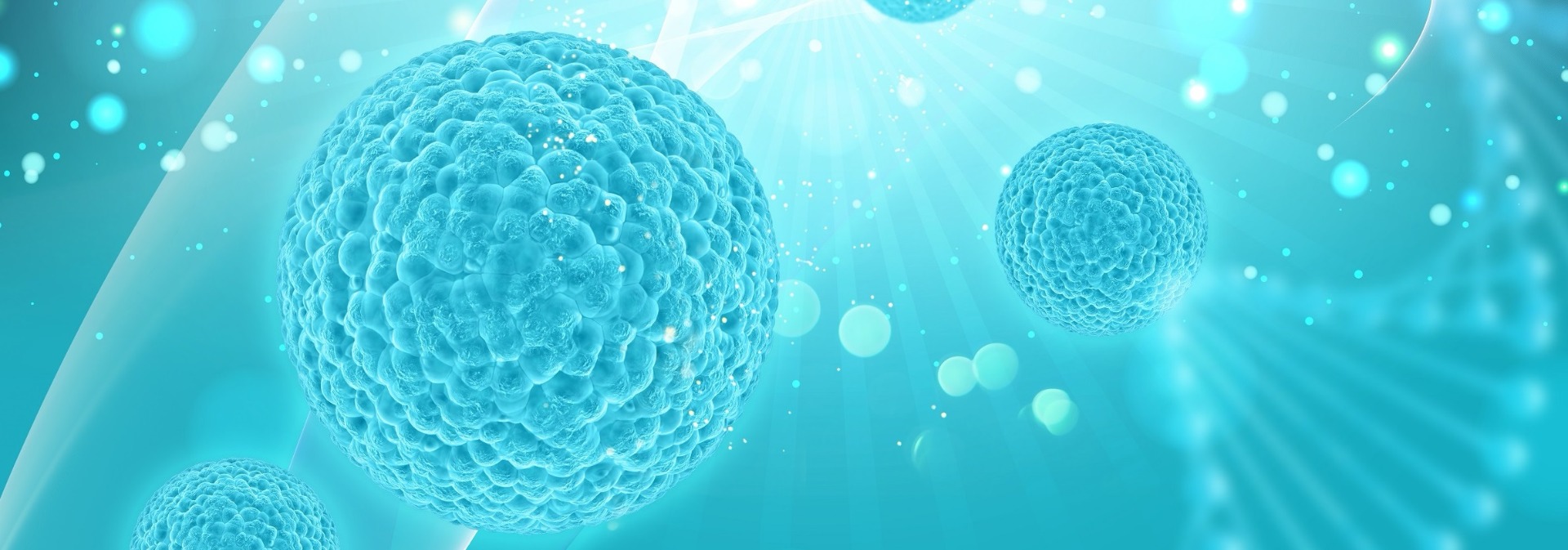Newsletter
Cerebral organoids derived from Sandhoff disease induced pluripotent stem cells exhibit impaired neurodifferentiation
Allende, Maria L., Emily K. Cook, Bridget C. Larman, Adrienne Nugent, Jacqueline M. Brady, Diane Golebiowski, Miguel Sena-Esteves, Cynthia J. Tifft, and Richard L. Proia.
J Lipid Res. 2018 Jan 22. pii: jlr.M081323. doi: 10.1194/jlr.M081323. [Epub ahead of print]
Infantile Sandhoff Disease is a rare and terminal inherited autosomal recessive neurodegenerative disorder. It is caused by deficiency of enzymes, b-hexosaminidase A and B due to mutations in the HEXB gene. This results in harmful accumulation of its substrate, GM2 ganglioside in brain and spinal cord neurons, and leads to progressive neurodegeneration. Extensive research using a mouse model of Sandhoff Disease (Hexb-/-) suggest postnatal neuroinflammation in response to the lipid accumulation and end-stage apoptosis. To ascertain whether the HEXB mutation and dysfunction in lysosomal lipid storage have an effect in neural development, Dr. Allende and colleagues at the National Institute of Health (NIH) generated human cerebral organoids from iPSCs derived from patient fibroblasts.
They used iPSCs reprogrammed from fibroblasts of an infantile patient with the autosomal recessive disease (generated by Applied StemCell, Inc.). The patient iPSC line was then used to correct one of the mutant HEXB alleles to generate an isogenic control line. Cerebral organoids were then generated from both patient and corrected iPSC lines to model fetal development during the first trimester.
The researchers observed abnormal lipid accumulation, increased cell proliferation, significantly larger size, and altered genetic changes corresponding to neuronal differentiation and maturation pathways in the patient organoids as compared to the corrected isogenic control. This 3D organoid model presents a novel and physiologically relevant model to study the consequence of this neurodegenerative disease as well as other lysosomal storage disorders.


